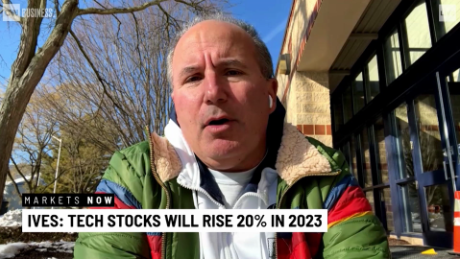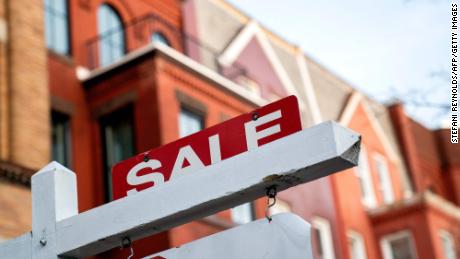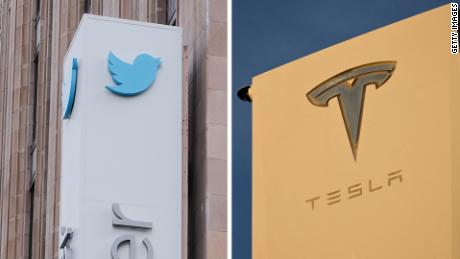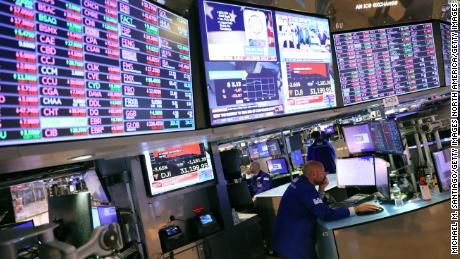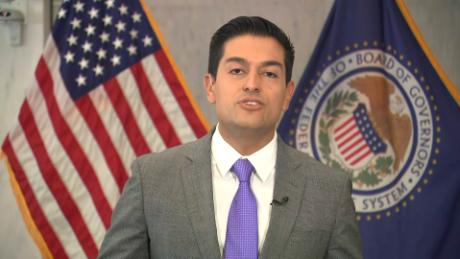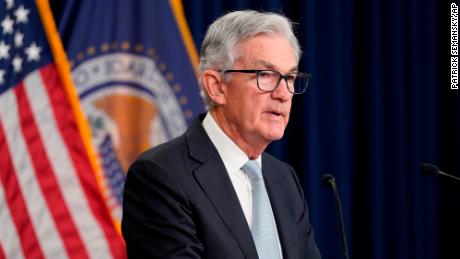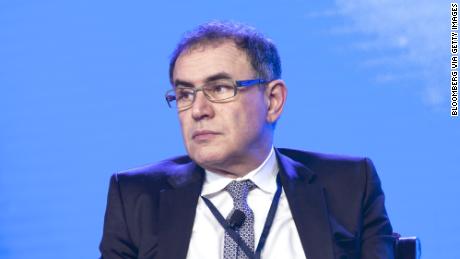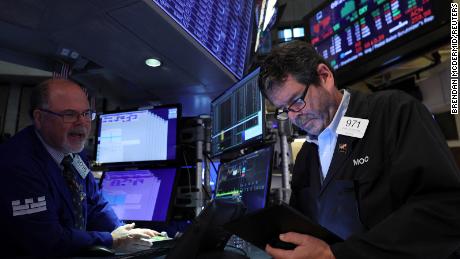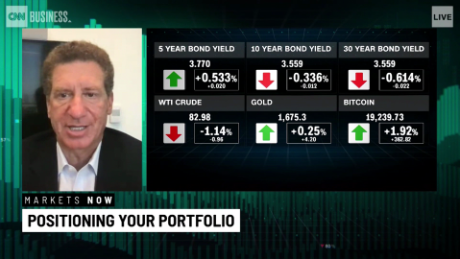New York (CNN Business)For the second straight day, the New York Federal Reserve injected a huge sum of money into the financial system in a bid to calm stress in the overnight lending market.
The Fed on Wednesday poured another $75 billion into the market following a $53 billion rescue by the NY Fed on Tuesday. Overnight lending rates have suddenly spiked, and the Fed is acting to bring them back down to keep markets functioning smoothly.
Until this week, the Fed hadn't launched an operation like this since 2008.
Federal Reserve Chairman Jerome Powell said during a press conference on Wednesday that these steps were "effective in relieving funding pressures."
Still, the fact the Fed needed to pump $128 billion into the system on successive days shows that a crack has emerged in a seldom-discussed corner of Wall Street that is central to the global financial system. It also raises concerns that the Fed is losing its grip on the short-term rates the central bank is supposed to control.
"It shows you the plumbing is broken," said Michael Block, market strategist at Third Seven Advisors. "It's nice they are recognizing this and that they have safety valves."
To fix it, the NY Fed launched a pair of "overnight repo operations," during which the central bank aims to ease pressure by purchasing Treasuries and other securities.
Rates spiked to 10% before rescue
On Wednesday, the NY Fed submitted $80.1 billion of purchase orders, of which $75 billion was accepted. The aim is to keep borrowing rates from climbing sharply above the Fed's target range, which was set at 2% to 2.25% in late July. The Fed on Wednesday lowered rates to a range of 1.75% to 2%.
The overnight lending rate spiked to a high of 10% on Tuesday before the NY Fed stepped in. It has since tumbled below 3%, which is still above the Fed's target range.
Powell acknowledged "elevated pressures" in markets, but expressed confidence this won't have an impact on the economy.
"While these issues are important for market functioning and market participants, they have no implications for the economy or the stance of monetary policy," Powell said.
The overnight market is overshadowed by the Dow, the S&P 500 and even the 10-year Treasury rate, but it plays a critical role by allowing banks to borrow cheaply for brief periods. They often turn to this market to buy bonds, especially US Treasuries.
The spike in rates brought back bad memories of 2008, when this market broke down, but analysts don't believe this is a repeat. Back then, overnight rates spiked because banks were scared to lend to each other. No one knew who would survive the financial crisis. Today, banks have repaired their balance sheets and are hauling in massive profits.
'Domino effect'
Mark Cabana, rate strategist at Bank of America Merrill Lynch, blamed soaring overnight lending rates on a sharp decline in the amount of reserves in the system.
"The amount of cash in the banking system is too limited," Cabana said in a note to clients on Tuesday.
Block, the Third Seven market strategist, said it's not clear precisely why that has happened, although he suggests likely factors include large withdrawals at major banks, shifts in foreign capital and the large supply of US Treasuries.
"It doesn't take much for a domino effect to happen," Block said.
Bank of America's Cabana pointed to Monday, when US companies withdrew large chunks of money from banks to make their quarterly tax payments to the US Treasury Department. That forced banks to drain their reserves parked at the Fed. Bank of America estimates $100 billion of reserves was drained from the banking system on Monday.
Powell agreed that the tax payments were a large factor.
"This upward pressure emerged as funds flowed from the private sector to Treasury for tax payments," he said.
Bigger picture, some analysts believe the rate spike is a symptom of the surge in Treasury bonds being issued to fund the $1 trillion federal deficit. Government borrowing has climbed because of a decline in tax revenue from the Republican tax law and a bipartisan surge in federal spending.
More Fed help on the way?
Wall Street is now looking to the Fed to calm the overnight lending market.
That means additional cash injections by the NY Fed, such as those announced this week.
And the Fed announced on Wednesday it is lowering the interest rate it pays on excess bank reserves, known as IOER, to 1.8%. That new rate is 0.2 percentage points below the high end of the Fed's new target range. The Fed explained the move is designed to keep short-term rates within its target range.
However, the Fed did not announce plans for a permanent operation to buy Treasuries.
Powell did open the door to increasing the size of the Fed's balance sheet.
"It is certainly possible we will need to resume the organic growth of the balance sheet sooner than we thought," he told reporters during a press conference.
Bank of America and Barclays anticipate the Fed eventually will have to ease the burden on banks by purchasing Treasuries. The Fed's bond buying program, known as quantitative easing, or QE, was launched during the financial crisis to keep borrowing costs low. The Fed later reversed course and started shrinking its balance sheet as the economy healed.
Cabana, the Bank of America strategist, estimates the Fed will need to purchase $150 billion of US Treasuries per year.


